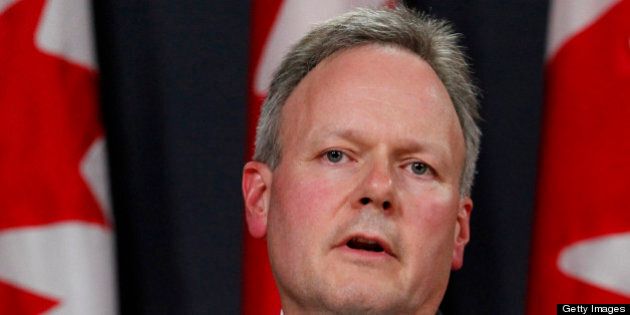
Hard times, it seems, has fallen on hard times.
Austerity is increasingly under attack worldwide as correct economic policy in the face of a stagnant recovery and ominous job pictures in a number of countries.
The Great American Sequester was the most visible of world-view clashes between cutting and spending, investing and pruning. Cut too much and economic recovery halts; cut too little and burden future generations. It took the incipient anger of air travelers complaining about air traffic control furloughs to temporarily bridge that divide, forcing the U.S. Congress and the White House to cough up more money for the Federal Aviation Authority. Fly now, pay later.
The high water mark on the international consensus on austerity occurred, not coincidentally, right here in Canada in 2010. At the back-to-back G-8 and G-20 summits more famous for gazebos and "kettling", balancing budgets and fiscal consolidation were crusaded as the main ingredients for economic recovery. "Those countries with serious fiscal challenges need to accelerate the pace of consolidation," intoned the final Summit Declaration from Toronto.
I say "not coincidentally" because Prime Minister Stephen Harper had made a sharper effort on fiscal prudence his personal goal for the Summit and fellow leaders typically seek to accommodate host governments. A year away from gaining his elusive majority government, Mr. Harper was burnishing his conservative credentials in the wake of massive stimulus spending and looming budget deficits here at home. Since then, deficit elimination before the next election has become an overriding economic and political goal for this Conservative federal government.
Stubbornly, the economy isn't fully cooperating; not so much in Canada, but abroad. And that has implications here. The United States, Britain, and the Euro Zone are exhibiting persistent economic underperformance. Spain and Greece are in the midst of social upheaval due to strict financial diets enforced upon them in exchange for international Monetary Fund loans. All are cutting back and that's giving state-sanctioned austerity a bad name.
Our government has made a Canada's relative island of economic stability status a talking point of pride. "Better than the other guy" is, relatively speaking, just that, although Canada has ranked best among the G-8 countries for recovery. All good thus far.
But both the Bank of Canada and the IMF have recently cut Canadian growth forecasts for this year. While still positive, less economic growth means less government revenue in tax receipts, fees, and so forth. Inexorably, it leads to a demand for compensatory government spending, some of which (Employment Insurance, for example) ratchets up in response anyways.
Of all the budget documents that matter, there is one that matters most in Finance Canada. It is called (or was, when I was there) the Sources and Uses table. This legal-sized sheet top-lines the state of the budget -- money in, money out -- at any one time for the minister and officials. After each round of departmental consultations and economic data, it is updated to account for the latest commitments, tax elasticity, and growth projections. Spending ambition and financial restraint inevitably collide; a running score card of political broken dreams you might say.
In the flush days, Sources and Uses could show a swing of hundreds upon hundreds of millions of dollars. It even gave rise to the Tax Back Guarantee in Budget 2007 with any interest savings resulting from reductions of federal debt dedicated to personal income tax relief.
These days, the swings are more the other way. And that's a problem for dedicated fiscal consolidators in Ottawa. The slow path to recovery is matched by a slow path to deficit elimination. The Conservative government needs the two paths to align by 2015, prior to an election. New middle class tax cut promises (income splitting in particular), hinge on it.
Prime Minister Harper is proving a political populist by practice and fiscal hawk by necessity; his finance minister, Jim Flaherty, is actually more the reverse. That tandem is holding, for now.
A new Bank of Canada governor means renewed focus on the country's economic direction. Having imposed his fiscal credentials on other leaders three years ago when recovery seemed more assured as just a matter of time, the austerity group led by Mr. Harper is less assured these days. At home and abroad.
